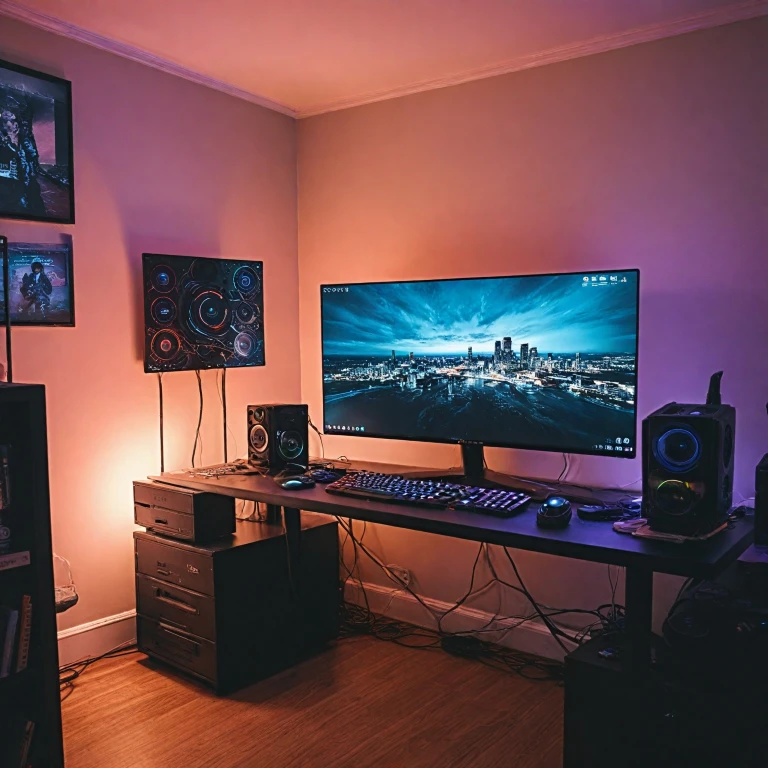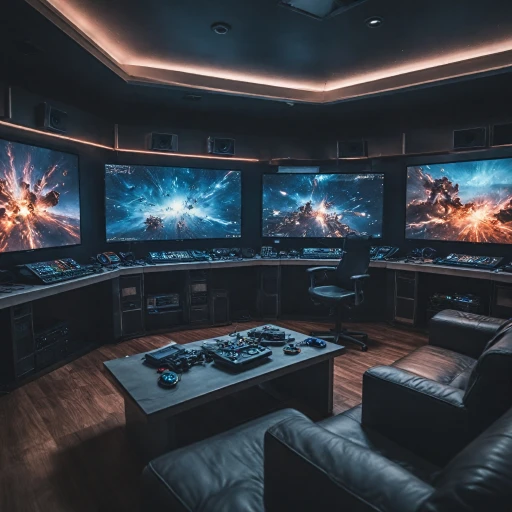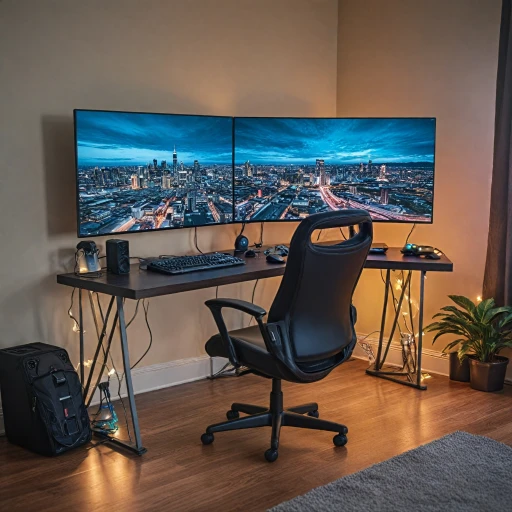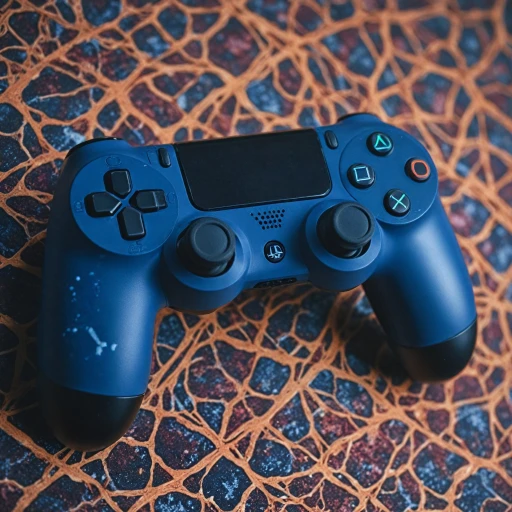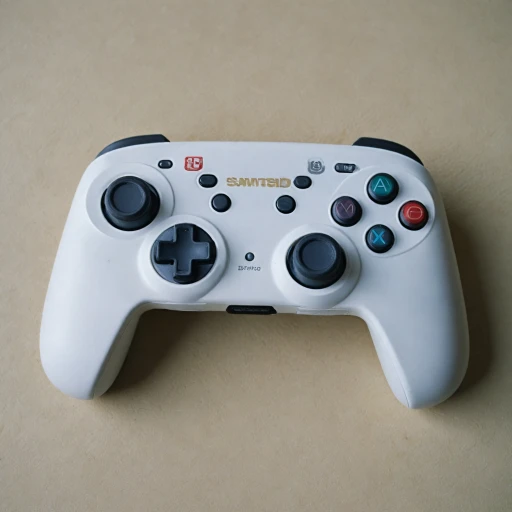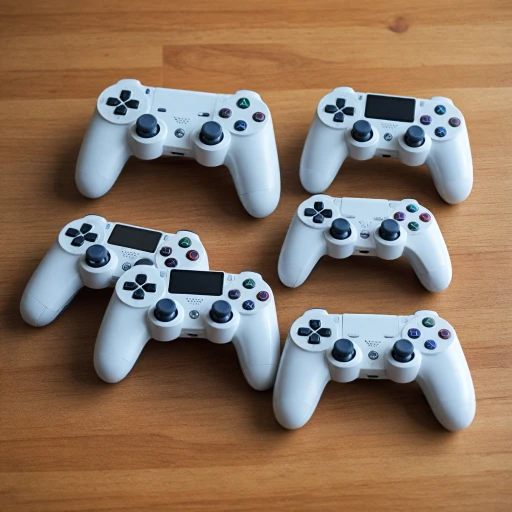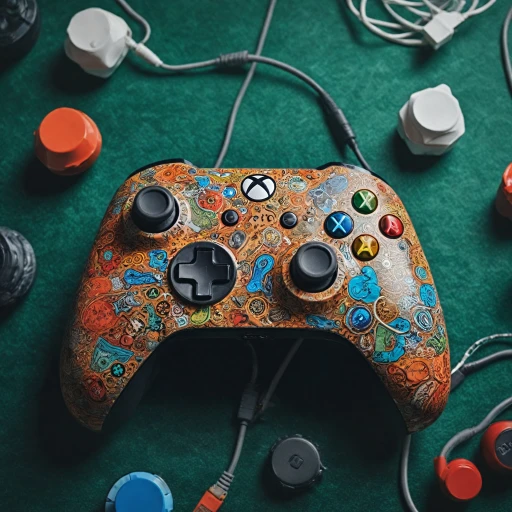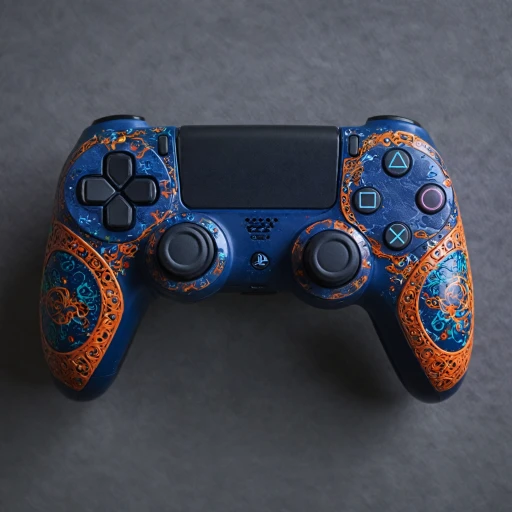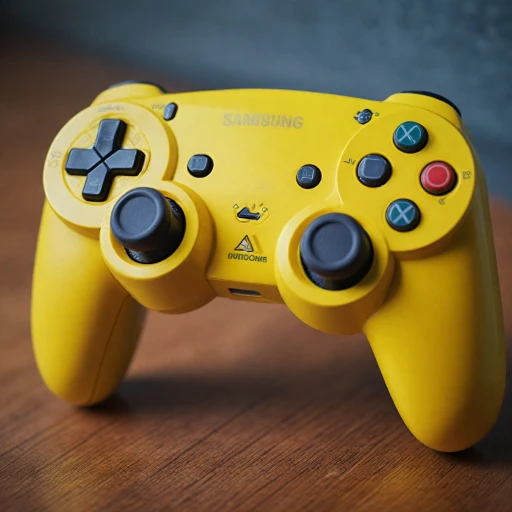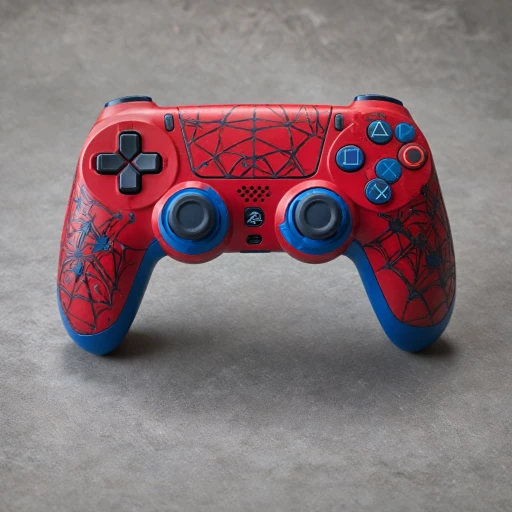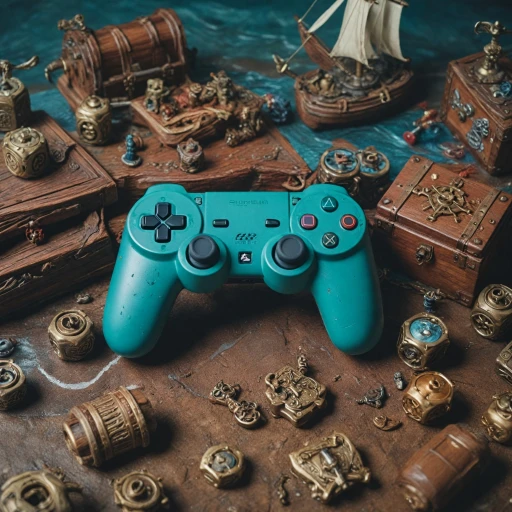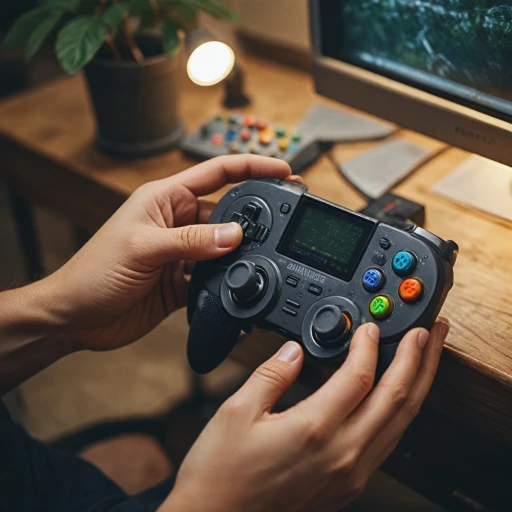
Understanding Capture Cards
Embracing Capture Cards in Gaming
Capture cards have become essential tools for gamers and content creators looking to elevate their gaming sessions to a professional level. These devices, while compact in design, serve as robust intermediaries, capturing gameplay footage from consoles like the Xbox or PlayStation and relaying it to your PC for streaming or editing purposes. But it's important to understand what capture cards truly offer before investing your money.
Unlike electro-mechanical machines of the past, such as classic pinball machines from companies like Gottlieb, contemporary capture cards operate within a digital ecosystem, enabling seamless integration with gaming consoles. Whether you're a fan of high-action games or enjoy the nostalgic experience of digital pinball with pop bumpers and drop targets, capture cards can record your gameplay with precision, bringing every on-screen detail into focus.
When selecting a capture card, it's crucial to measure its capabilities against your specific needs. Assessing the inputs, resolution support (like 4K), and ensuring compatibility with your current equipment is key. Whether you're looking to score points with a stream that showcases such games as Gottlieb classics or prefer exploring modern titles, making an informed choice will enhance your gaming and recording endeavors.
For beginners, setting up a capture card might feel akin to adjusting the left flipper under the hood of a mechanical pinball machine. However, with a little guidance, it becomes as straightforward as ensuring the ball goes through the drop targets every time. Don’t be deterred by technical jargon; resources, including our blog on customizing your Xbox controller for a personalized gaming experience, can offer valuable insights.
Benefits of Using Capture Cards
Why Capture Cards are a Game Changer
Capture cards have become an essential tool for gamers looking to elevate their gaming experience. These devices allow you to record and stream your gameplay, offering a multitude of benefits that can enhance both your personal enjoyment and your audience's engagement.
Enhancing Your Gaming Content
One of the primary advantages of using a capture card is the ability to produce high-quality content. Whether you're playing on a pinball machine or a top-tier gaming console, capture cards ensure your gameplay is recorded in pristine quality. This is crucial for content creators who want to showcase their skills or provide tutorials on games like the classic Gottlieb Capt Card or newer titles.
Streamline Your Streaming
For streamers, capture cards offer a seamless way to broadcast live gameplay. They reduce the strain on your gaming console, allowing for smoother streaming without compromising performance. This is particularly beneficial when playing resource-intensive games or using features like drop targets and pop bumpers in pinball machines.
Flexibility and Compatibility
Capture cards are versatile and compatible with various gaming consoles and devices. Whether you're playing on a vintage electro mechanical machine or the latest gaming console, capture cards can adapt to your setup. This flexibility ensures you can capture every moment, from scoring bonus points on a high hand game to achieving a new personal best.
Monetize Your Passion
Another significant benefit is the potential for monetization. By creating engaging content, you can attract a larger audience and potentially earn money through platforms like YouTube or Twitch. High-quality streams and recordings can lead to sponsorships and partnerships, turning your gaming passion into a viable income stream.
For more insights on how to maximize your gaming setup, explore the unique world of limited edition PS5 controllers.
Choosing the Right Capture Card
Making the Right Purchase: Finding Your Perfect Capture Card
When you're ready to buy a capture card, there are several factors to consider to ensure you're getting the best option for your gaming needs. A great capture card can enhance your gaming experience and help you score points by effectively recording gameplay or streaming live to your audience.
First, decide what type of gameplay you plan to capture. Some gamers focus on classic favorites like pinball machines, while others may be more interested in recording high-action video games. Whether you're into games like Gottlieb's "High Hand" or prefer shooting for bonus points in modern console games, matching your capture card to your gaming style is key.
Consider these factors when choosing your capture card:
- Compatibility: Ensure that the capture card is compatible with your console, whether you're using a PlayStation, Xbox, or other gaming machines. Many devices also support compatibility with a computer, providing more flexibility for streaming and editing.
- Resolution and Frame Rate: If you're capturing fast-paced action clips or detailed retro graphics found in pinball such as Gottlieb Capt, look for a card that supports high resolutions (such as 1080p or 4K) and high frame rates (60fps or more).
- Connection Type: Most capture cards connect via USB or HDMI. USB connections are typically easier to set up, while HDMI offers a direct link to your console for seamless streaming.
- Budget: Prices for capture cards range significantly. Determine what you're willing to spend. For gamers looking for high-quality capture without breaking the bank, exploring the top gaming headsets you can buy for under $300 might inspire similar budget-savvy purchases.
- Software Features: Some capture cards come with their own software, allowing gamers to enjoy features like live editing, effects, and easy uploads. Before making a purchase, check if the included software suits your needs or if alternative upgrades are available.
By evaluating these aspects, you can make an informed decision, select the right capture card, and enhance your gaming setup's cabinet with cutting-edge technology. Remember that as gaming trends evolve, staying current with both your capture technology and your favorite pinball app settings will ensure you're always at the top of your game.
Setting Up Your Capture Card
{"Setting Up Your Capture Card":{"After you've decided on the perfect capture card for your gaming console, it's essential to set it up correctly to start streaming or recording your gaming sessions effortlessly. Here's a step-by-step guide to ensure a smooth setup process.","Connect Your Devices
- Start by turning off your gaming console and display. It'll help avoid any potential damage to your devices when plugging in cables.
- Locate the HDMI output port on your console and connect one end of the HDMI cable to it.
- Plug the other end of the HDMI cable into the input port on your capture card.
- Use a second HDMI cable to connect the output port of the capture card to your display device, such as a TV or monitor.
Install Necessary Software
- Most capture cards come with the necessary software or drivers either on a CD or as a digital download. Ensure you install them on your computer for a better experience.
- Launch the software to make sure it's up and running, checking compatibility with your system. If issues arise, an alternative browser or updated driver from the manufacturer's website could resolve them.
Power and Cable Management
- Ensure the capture card has a direct power source, often connected with a USB cable to your computer.
- Secure all cables to avoid any accidental disconnection during intense gameplay or recording sessions.
Adjusting Settings
- Open the capture card software settings and configure the necessary options according to your needs, such as resolution, frame rate, and audio settings. This step allows for optimal performance.
- If the software includes additional features like adding an overlay or audio effects, explore those options to enhance your capture quality.
Test Your Setup
- Before jumping into a session, run a quick test to ensure the capture card is functioning properly. Monitor the video and audio quality.
- If you encounter issues, consider basic troubleshooting steps like reconnecting cables or rebooting your devices.
